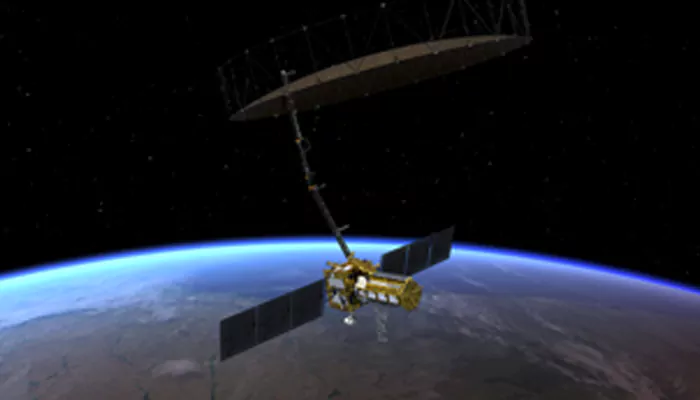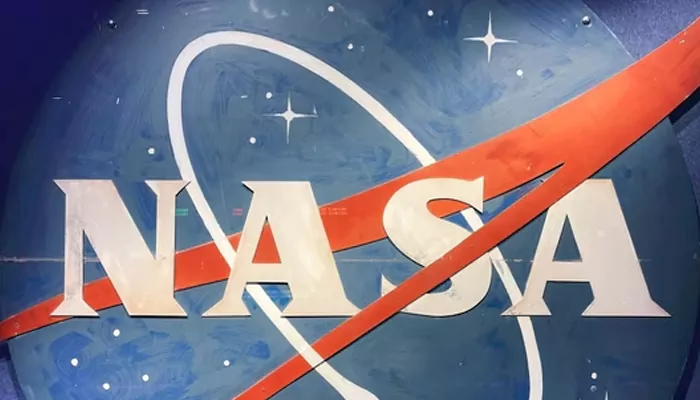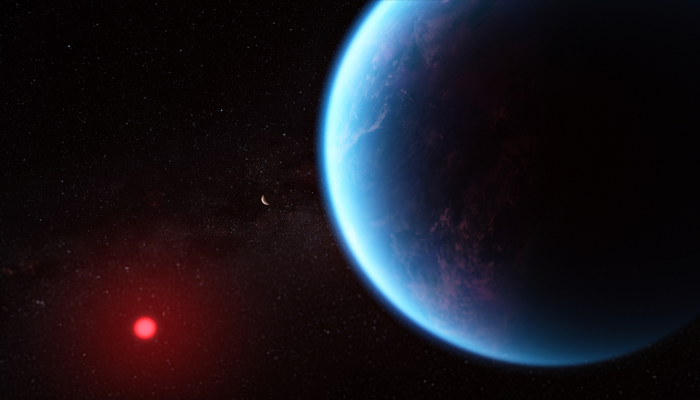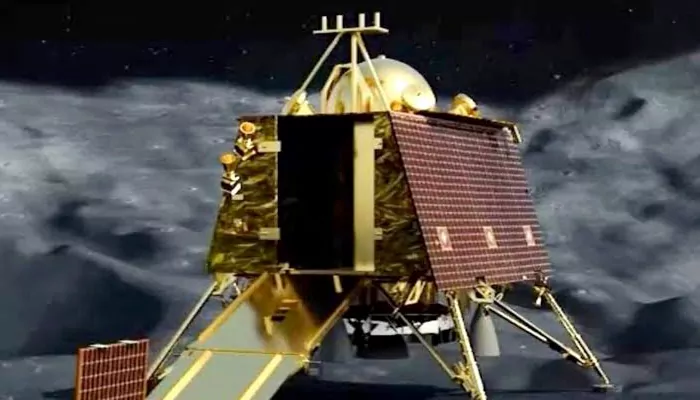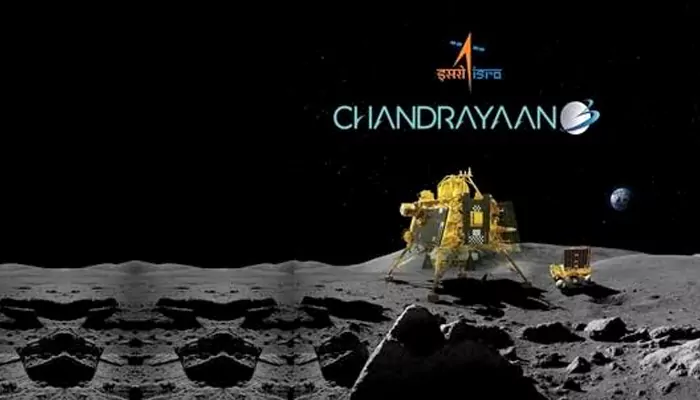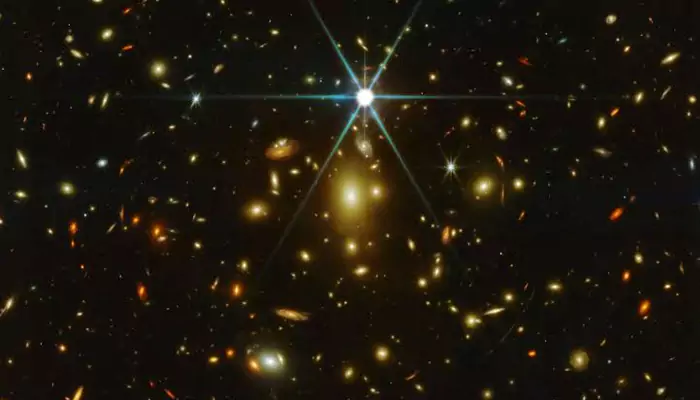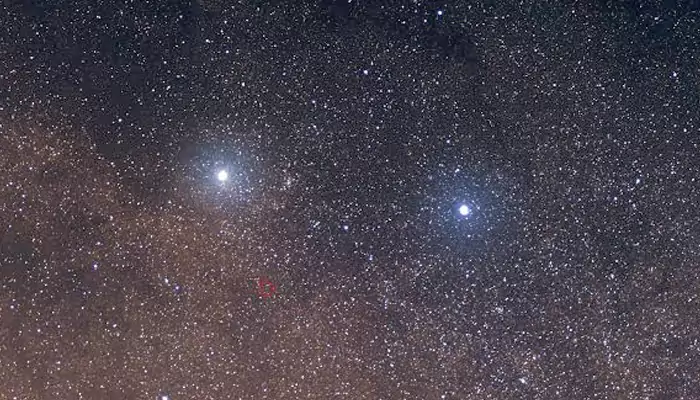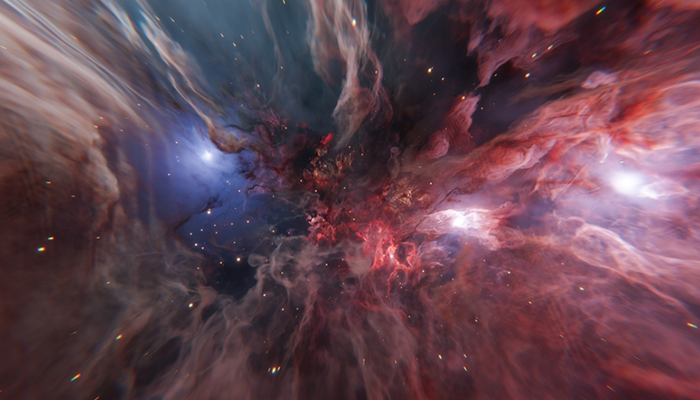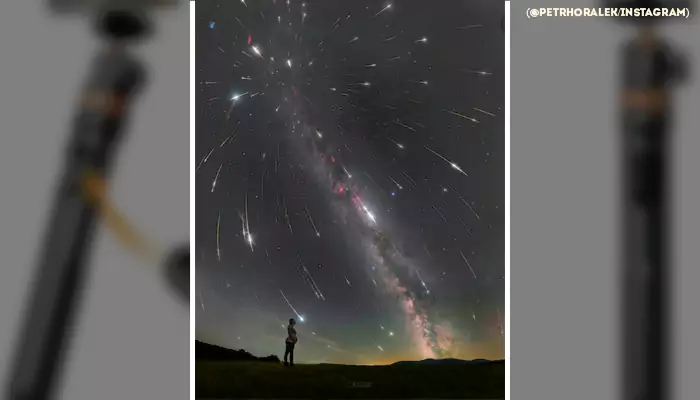Chandrayaan-3 Turns Two: South Pole Pioneer – Why the Landing Spot Still Matters
- Soham Halder
- 4 months ago
- 4 minutes read

Two years on, the south pole landing still defines India’s space future.
On 23rd August 2023, millions of Indians cheered as Chandrayaan-3’s Vikram lander made a gentle, history-defining touchdown near the lunar south pole. Beyond an emotional moment, this mission was a technological triumph, that elevated India’s global standing.
Now, as Chandrayaan-3 landing turns two, one question remains at the heart of space enthusiasts and scientists alike: Why does that specific landing spot still matter so much?
The answer lies in science, strategy, and the promise of the Moon’s untapped resources.
The South Pole: A Treasure Chest of Lunar Mysteries
Unlike the more familiar equatorial regions of the Moon, the south pole is a place of extremes. It harbors deep craters that have never seen sunlight in billions of years, creating permanently shadowed regions. These craters are suspected to hold water ice, a potential game-changer for future lunar exploration.
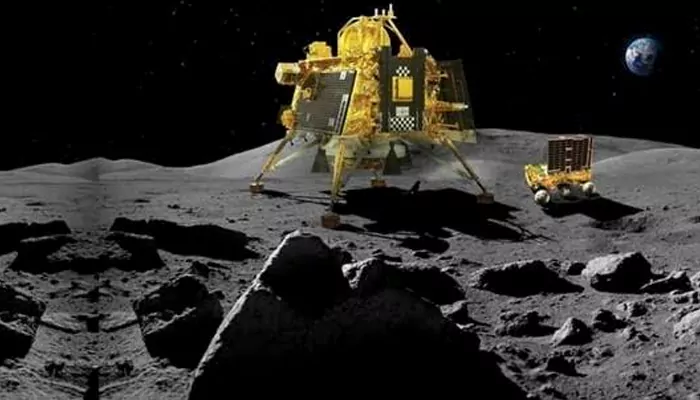
Water on the Moon isn’t only about quenching astronauts’ thirst. It can be split into hydrogen and oxygen, the fuel for rockets and oxygen for breathing. In other words, the south pole could become the petrol pump of upcoming space exploration.
By successfully landing near this region, India became the first country ever to do so. That pioneering step cemented ISRO’s place in the lunar hall of fame.
Why the South Pole Landing Still Matters in 2025
Two years later, the significance of that touchdown hasn’t dimmed; it has only grown brighter. Here’s why:
Scientific Curiosity: Chandrayaan-3’s instruments sent back vital data about lunar soil and thermal properties, helping scientists piece together how water molecules behave in such conditions.
Geopolitical Influence: By reaching where even NASA and Roscosmos hadn’t, India established itself as a serious space power. It showed the world that advanced space technology doesn’t only belong to the developed nations.
Chandrayaan-3 Mission:
— ISRO (@isro) September 4, 2023
🇮🇳Vikram soft-landed on 🌖, again!
Vikram Lander exceeded its mission objectives. It successfully underwent a hop experiment.
On command, it fired the engines, elevated itself by about 40 cm as expected and landed safely at a distance of 30 – 40 cm away.… pic.twitter.com/T63t3MVUvI
(Credit: X/@isro)
Future Moon Missions: The south pole remains the hottest spot for upcoming lunar colonization plans. NASA’s Artemis program, for instance, aims to put astronauts near the same region. India’s success has already made it a trusted partner for future collaborations.
Inspiration at Home: Perhaps the greatest impact was on the Indian imagination. From schoolchildren sketching rockets to startups developing space tech, Chandrayaan-3 continues to fuel a new wave of curiosity and innovation.
Lessons from the Moon: How India Prepared for Success
Chandrayaan-3 wasn’t built overnight. It was a mission shaped by setbacks, resilience, and learning. After Chandrayaan-2’s partial failure in 2019, ISRO doubled down on testing, strengthening the lander’s legs, and simplifying the design.
The success story carries a bigger life lesson: failure is just a stepping stone to greater achievements. That philosophy continues to inspire not only scientists but every Indian who dares to dream big.
What’s Next After Chandrayaan-3?
As Chandrayaan-3 celebrates its second anniversary, ISRO isn’t slowing down. The ambitious Chandrayaan-4 and human spaceflight missions (Gaganyaan) are already on the horizon. The learnings from the south pole landing will directly feed into these next steps.
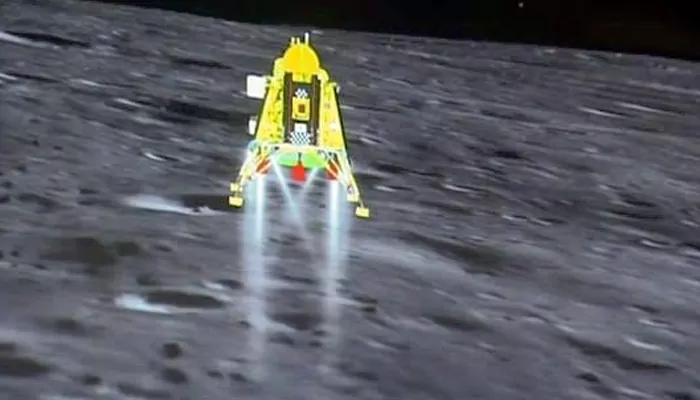
Moreover, India’s growing partnerships with NASA, JAXA, and ESA show how the Chandrayaan-3 moment has opened doors for global space diplomacy.
The Legacy
Two years on, Chandrayaan-3 isn’t just a space mission-it’s a symbol of Indian resilience, ambition, and leadership in science. The south pole landing will remain a milestone that future generations look back on as the moment India stepped into a new era of space exploration.
As we celebrate its second anniversary, one thing is clear: the south pole still matters; not just for science, but for the future of humanity beyond Earth.


